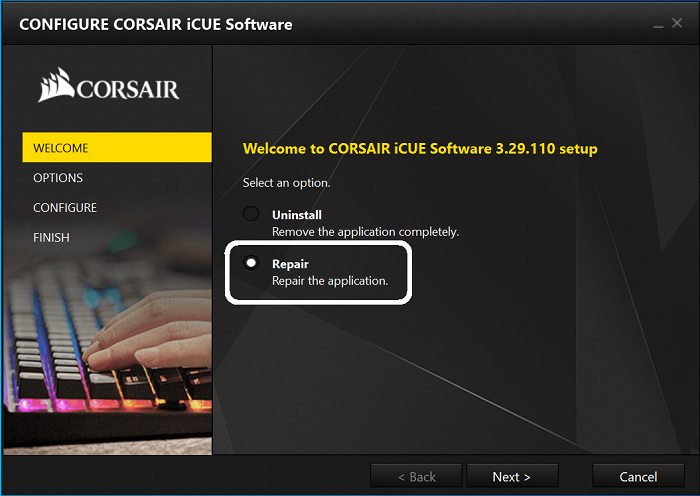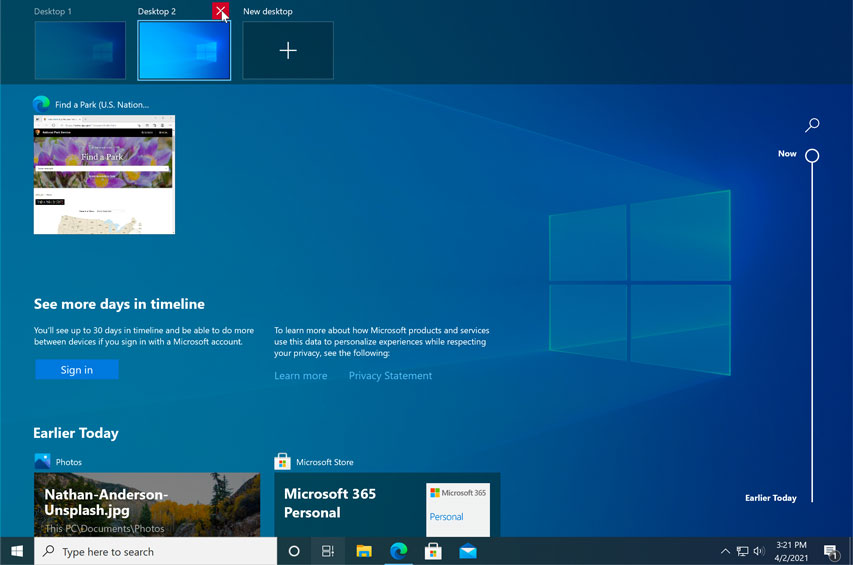

Use the arrow keys to move the cursor, and then press Enter to select the desktop or application window you want to manage. In Task View, use the Tab key to move the cursor between the list of virtual desktops at the top, and the application window thumbnails below. You can also open this window by clicking the Task View button on the task bar. A screen appears with thumbnails of each of your virtual desktops, as well as thumbnails of any applications that are running on the currently selected virtual desktop. To quickly open the Task View screen, just press Windows+Tab. Let’s take a closer look at each of these.

Windows+Ctrl+F4: Close the current virtual desktop.Windows+Ctrl+Left or Right Arrow: Switch between virtual desktops.Windows+Ctrl+D: Create a new virtual desktop.At this writing, you can use the following keyboard shortcuts to manage your virtual desktops: Specify the script youve created on the PowerShell. Open the Group Policy Editor, then go to Local Computer Policy > User Configuration > Windows Settings > Scripts (Logon/Logoff). For both approaches, closing a space that contains an app or windows results in those windows being shuffled over to the next desktop.Just like most Windows 10 features, you can control several aspects of your virtual desktops without a mouse. To have that script executed upon logoff, we need to configure it: Connect remotely to the VM that you want to set the policy for. There are other ways to close the virtual spaces but, remember, you can quickly close desktop spaces in Mac OS X Mission Control by holding down the Option key, this causes the familiar iOS style and Launchpad (X) close symbol to appear over the spaces which can then be rapidly closed.Īlternately, you can mouse over spaces and the close button will appear on hover after a second or two, but the option key is immediate. You can repeat this with all spaces, except the last active one of course. Now hold down the OPTION key to see the (X) close button appear, click that to close the selected space.Enter Mission Control as usual, then hover your mouse over the top where the desktop spaces are contained.Perhaps the fastest way and most efficient means of closing a desktop space in Mission Control for Mac OS X is by using the option key.


 0 kommentar(er)
0 kommentar(er)
